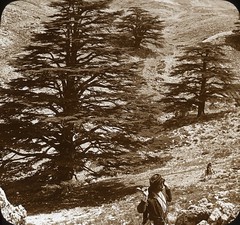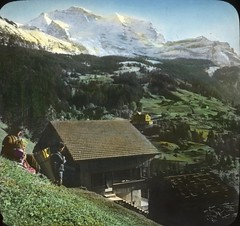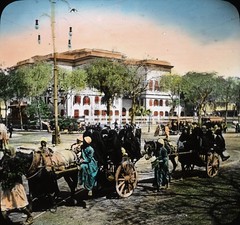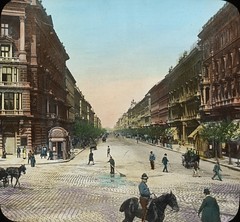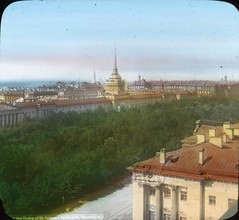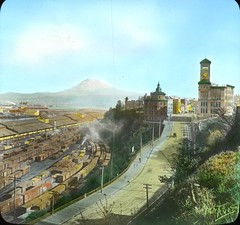Take some time to check our new collection guide for the Extension Service Photograph Collection!
These pictures document Extension programs, activities, and staff throughout Oregon. The bulk of this collection relates to the three traditional Extension programmatic areas (agriculture, home economics, and 4-H) and the photographs show Extension Service programs and staff from all regions of Oregon (with Benton, Clatsop, Klamath, and Lane Counties strongly represented).
Of particular note are images of Braceros and other migrant agricultural laborers; County extension offices (exterior and interior views) and staff; the Dairy Demonstration Train; 4-H club activities and summer school; and soil conservation and dune stabilization. Many individuals farms and ranches are identified; numerous images of the Oliver Ranch in Grant County are part of the collection.
Photographers are not identified for most of the images (though we do know that they were primarily taken by Extension Service staff), but notable photographers and studios of note include the Columbia Commercial Studio (Portland), Asahel Curtis (Seattle), Benjamin A. Gifford, Arthur M. Prentiss, and the Weister Company.
The collection includes a variety of formats, with the bulk collection consisting of black & white prints. You’ll also find a selection of color prints, film negatives, nitrate negatives, color slides, digital prints, and panoramic prints.
Images from the collection are available online in the Best of the Archives and Braceros in Oregon digital collections.







